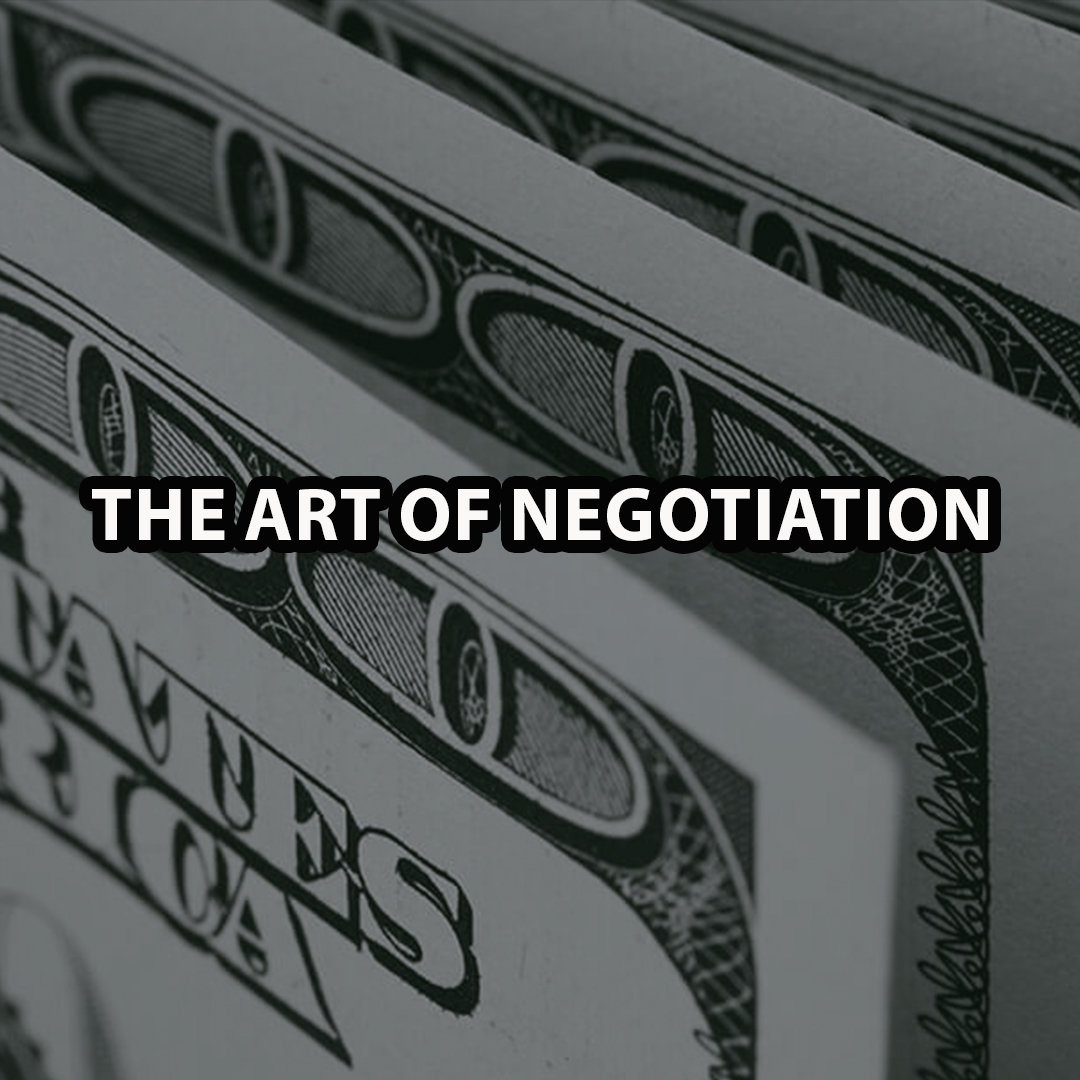Negotiation is an essential skill in the music industry, especially for freelance audio engineers, producers, and musicians. Knowing how to effectively communicate your value and negotiate your rates can significantly impact your career trajectory. In this blog, we’ll explore the art of negotiation, providing you with actionable strategies for setting rates and managing client expectations on platforms like EngineEars.
Why Negotiation Matters
Negotiation is not just about haggling over prices; it’s a critical component of building long-term relationships with clients. A successful negotiation sets the stage for mutual understanding and respect, which can lead to repeat business and referrals. Here’s why mastering this skill is vital:
- Communicates Your Value: Effective negotiation allows you to articulate the value you bring to the table, ensuring clients understand why your services are worth the rates you set.
- Establishes Professionalism: A well-handled negotiation demonstrates professionalism, making clients more likely to trust you with their projects.
- Builds Stronger Relationships: By managing expectations and fostering open communication, you create a foundation for collaboration and future opportunities.
Step 1: Know Your Worth
Before entering any negotiation, it’s crucial to have a clear understanding of your value. Here’s how to assess it:

- Research Industry Standards: Investigate what other professionals in your field are charging. Platforms like EngineEars can provide insights into common rates for similar services, helping you set competitive prices.
- Evaluate Your Experience and Skills: Consider your unique skills, experience, and any specialized techniques you offer. Higher levels of expertise often justify higher rates.
Step 2: Set Clear Rates
Once you know your worth, it’s time to set your rates. Here’s how to approach this step:
- Determine Your Pricing Model: Decide whether you’ll charge hourly, per project, or via a retainer model. Each has its benefits, so choose what aligns best with your workflow and client needs.
- Be Transparent: Clearly communicate your rates upfront. Transparency builds trust and helps prevent misunderstandings later in the project.
Step 3: Master the Art of Communication
Effective communication is the cornerstone of successful negotiations. Here’s how to convey your value and engage clients:
- Highlight Your Unique Selling Points (USPs): When discussing rates, emphasize what sets you apart. This could be your experience, specialized skills, or successful past projects. Use specific examples to illustrate your points.
- Use Active Listening: Pay attention to client concerns and needs. By understanding their perspective, you can tailor your proposal to meet their expectations while still achieving your goals.
Step 4: Navigate Client Expectations
Managing client expectations is crucial for a successful working relationship. Here are some strategies:
- Set Realistic Timelines: Clearly outline project timelines and deliverables. Ensure clients understand what to expect and when, reducing the risk of misunderstandings.
- Discuss Revisions and Feedback: Communicate how many revisions are included in your rate. Setting limits on revisions can prevent scope creep and ensure the project stays on track.
Step 5: Be Open to Negotiation
While it’s essential to stand firm on your rates, flexibility can be beneficial:
- Consider Value-Added Services: If a client requests a lower rate, consider offering additional services instead of reducing your price. For example, you could include a free mix revision or additional marketing support.
- Build in Room for Compromise: Prepare to negotiate by determining your minimum acceptable rate. This allows you to remain flexible while still protecting your interests.
Step 6: Finalize the Agreement
Once negotiations conclude, it’s time to formalize the agreement:

- Draft a Contract: Clearly outline the agreed-upon rates, project scope, timelines, and payment terms in a contract. This protects both parties and ensures everyone is on the same page.
- Review the Agreement Together: Encourage the client to review the contract before signing. This open dialogue fosters trust and reduces the likelihood of future disputes.
Conclusion: Mastering Negotiation for Success
The art of negotiation is a vital skill for anyone in the music industry. By knowing your worth, setting clear rates, communicating effectively, and managing client expectations, you can foster strong relationships and achieve your financial goals. Remember, negotiation is not just about the initial agreement—it’s about laying the groundwork for a successful, ongoing partnership.
As you continue to hone your negotiation skills on platforms like EngineEars, you’ll find that effective communication and value-based discussions can lead to greater opportunities and enhanced client satisfaction. Embrace the art of negotiation, and watch your career flourish!
